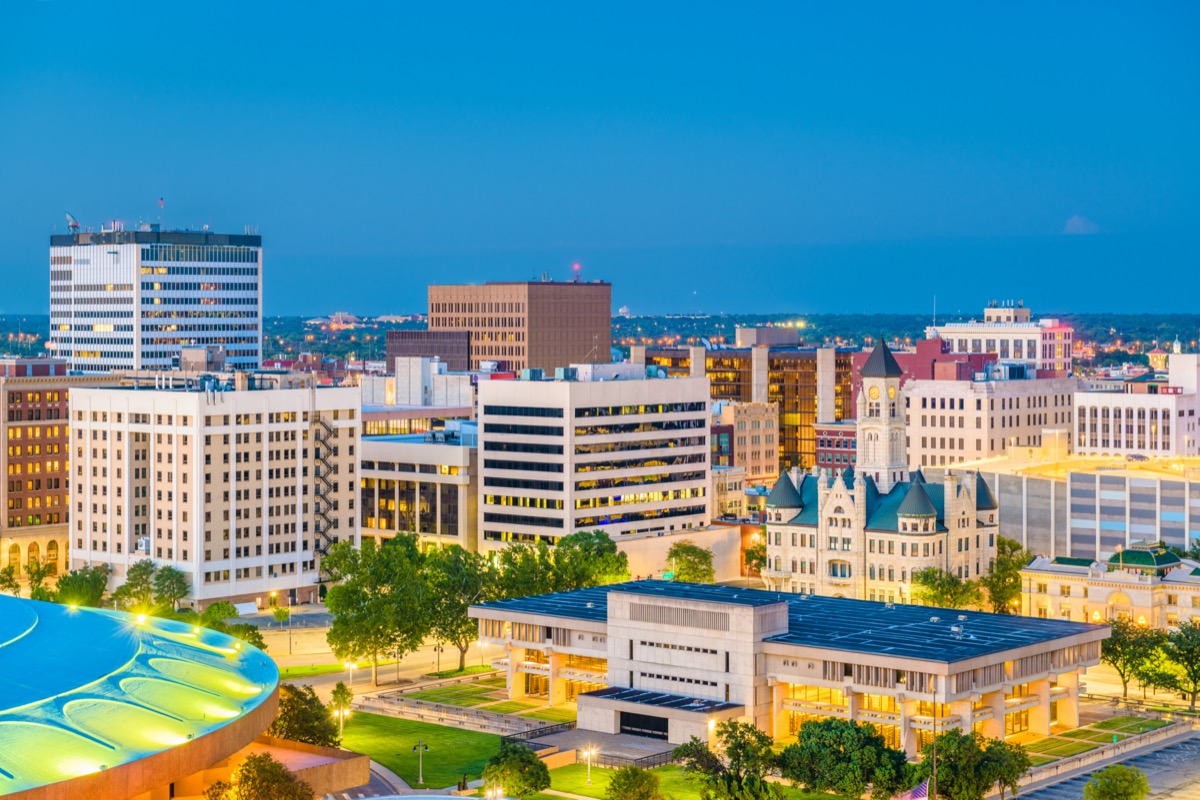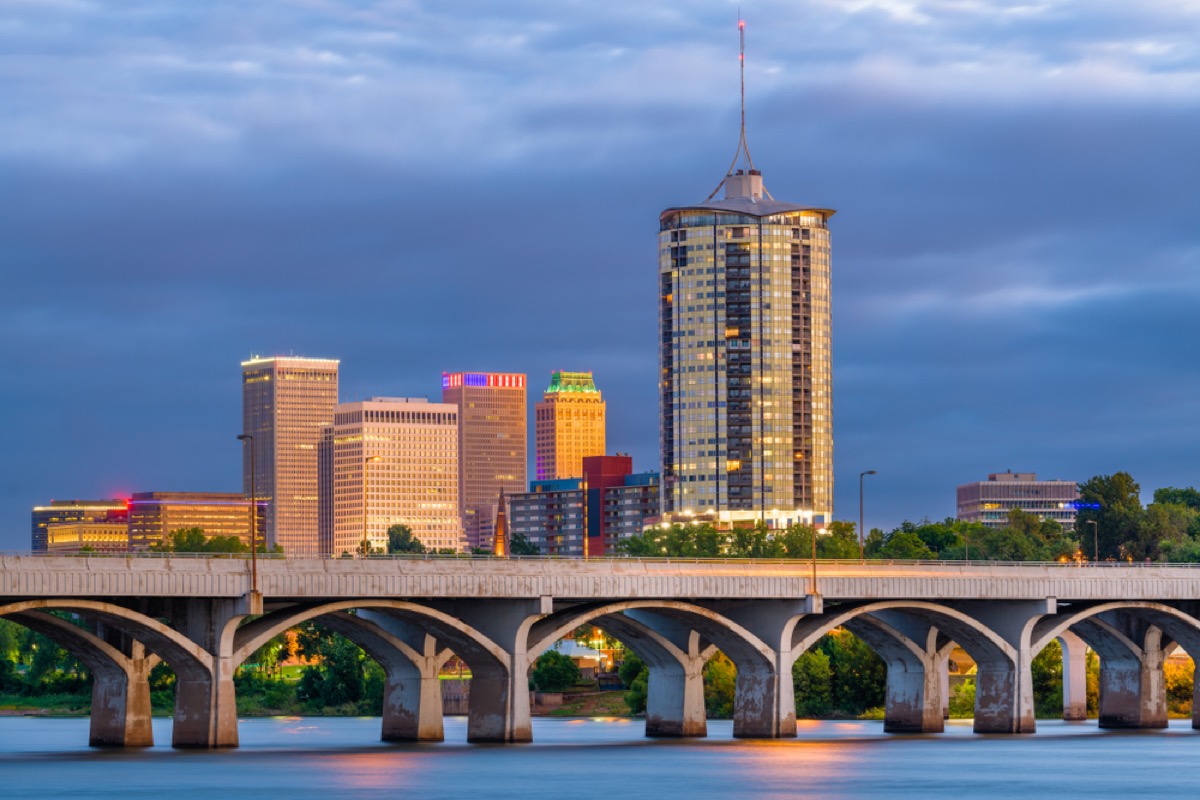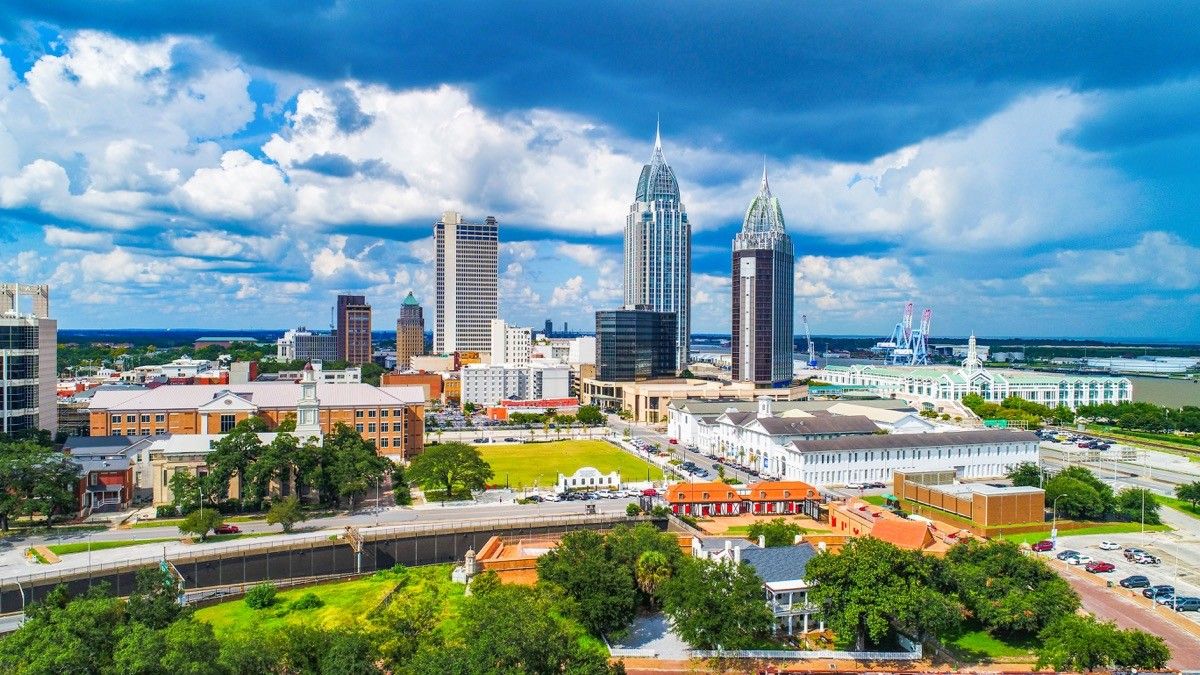The end of summer and the first weeks of fall have seen a drastic drop in COVID cases in most of the U.S., with the national 7-day average decreasing nearly 35 percent from 160,506 since Sept. 1 to 105,009 on Oct. 4, according to data from The Washington Post. But just as cases are steadily dropping across areas heavily impacted by the summer surge such as the South, other regions are seeing a rise in infections, hospitalizations, and deaths. During an interview on CBS’s Face the Nation on Oct. 3, Anthony Fauci, MD, chief White House COVID adviser, argued that now was not the time to get comfortable with the declining national numbers. “One of the things we want to make sure is that we have had over the last few weeks a turning around of the acceleration of this, starting to come down in cases and hospitalizations and soon deaths. The one thing that we don’t want to do is that we don’t want to become complacent and say, ‘OK, now we need to pull back, we don’t need any more people to get vaccinated.’” Fauci added: “Let’s focus like a laser on continuing to get those cases down, and we can do it by people getting vaccinated and also, in the situation where boosters are appropriate, to get people boosted, because we know they can help greatly in diminishing infection and diminishing advanced disease.” Read on to see which states have experienced COVID surges of 10 percent or more over the past week as of Oct. 5, according to data from The Washington Post. RELATED: Dr. Fauci Says These States Could See the Next COVID Surge.
New cases in the last seven days: 33 cases per 100,000 people Percent increase in the last seven days: 10 percent
Cases have fluctuated in Colorado after reaching a summer surge peak on Sept. 8, roughly plateauing at a high level in the weeks since. In a press conference on Oct. 1, health officials expressed optimism that the latest surge in the state will be the last before a steady decline in the coming weeks but warned that there was still progress to be made. “We really need to see these hospitalizations go down significantly before we’re going to feel comfortable with the hospital capacity we have as we start going into the colder weather season and people start moving indoors,” Scott Bookman, COVID-19 Incident Commander for Colorado, said during a press conference on Oct. 1.
New cases in the last seven days: 44 cases per 100,000 people Percent increase in the last seven days: 14 percent
Like other states affected by surges of the Delta variant, the recent wave of COVID cases in Maine is falling most heavily upon certain parts of the population. Those who are unvaccinated make up the vast majority of those developing severe cases: According to MaineHealth, which operates a network of 10 hospitals across the state, more than 70 percent of all patients hospitalized with COVID and 87 percent of those admitted to the ICU have not received their shots. “This is clearly a surge of the unvaccinated,” Joan Boomsma, MD, chief medical officer for MaineHealth, told The Boston Globe. “We are seeing higher demand for ICU beds than at any other time in the pandemic.”
New cases in the last seven days: 47 cases per 100,000 people Percent increase in the last seven days: 15 percent
September concluded as one of the most challenging months of the pandemic for Minnesota, reporting its highest number of deaths since January as active cases continued to increase to the highest levels seen all year. The state’s most recent data report also indicated a 7-day positive test average of 6.4 percent, higher than the 5 percent mark officials have designated as a cause for concern.ae0fcc31ae342fd3a1346ebb1f342fcb RELATED: You’re Now Banned From Visiting These 3 Destinations, Even If You’re Vaccinated.
New cases in the last seven days: 40 cases per 100,000 people Percent increase in the last seven days: 18 percent
New COVID-19 infections in Michigan have been steadily increasing since late June and show no signs of slowing down. New cases have risen 23 percent in the past 14 days to a daily average of 3,972 as of Oct. 4, according to data from The New York Times. The number of hospitalized patients and deaths has also increased steadily over the past two weeks. The former rose 13 percent to a daily average of 1,704, and the latter jumped 44 percent to a daily average of 37. For more COVID news and updates sent straight to your inbox, sign up for our daily newsletter.
New cases in the last seven days: 82 cases per 100,000 people Percent increase in the last seven days: 19 percent
Since early July, cases in North Dakota have been on the rise and appear to show no signs of decreasing. On Oct. 4, state health officials reported that the 14-day rolling average test positivity had risen once again to 7.6 percent. The figure has remained above the target of a 5 percent positivity rate for seven weeks, The Bismarck Tribune reports. RELATED: Moderna CEO Just Predicted When the Pandemic Will Be Over for Good.
title: “These 5 States Are Seeing The Worst Covid Surges Right Now Best Life” ShowToc: true date: “2022-12-03” author: “David Sawyer”
Over the past seven days, the national daily new case average has dropped by 16 percent to 42 per 100,000 people, according to data from The Washington Post as of Sept. 21. But even as numbers begin to decline, certain portions of the population are seeing infections rise to unprecedented heights—including younger people. According to a study released by the Centers for Disease Control and Prevention (CDC) on Sept. 10, the hospitalization of children and adolescents rose nearly five times from mid-June to mid-August. During an appearance on CBS’ Face the Nation on Sept. 19, Anthony Fauci, MD, chief White House COVID adviser, explained how a return to the classroom could be generating new surges of the virus. “The Delta variant, as opposed to the Alpha variant, is much, much more transmissible,” he said. “It has an efficiency of transmitting from person to person much, much more readily than previous variants. And so many more people, including children, are getting infected.” Read on to see which states have experienced COVID surges of 10 percent or more over the past week as of Sept. 21, according to data from The Washington Post. RELATED: Dr. Fauci Warns You Not to Go to This One Outdoor Place as Delta Surges.
New cases in the last seven days: 37 cases per 100,000 people Percent increase in the last seven days: 12 percent
Pennsylvania has seen a rise in new COVID cases over the past week. But according to local health officials, the majority of severe cases are affecting patients who aren’t fully vaccinated, constituting 95 percent of hospitalizations and 94 percent of cases overall across the state, the Pittsburgh Post-Gazette reports. “The unvaccinated tend to be in the ICU, they require additional support for their breathing, they have longer lengths of stay in the hospital,” Michael Ripchinsky, MD, Chief Clinical Officer at Penn Medicine Lancaster General Health hospital in Pittsburgh, told reporters at a news conference Sept. 14. “Of the small amount that are vaccinated and admitted to the hospital, many of them are immunocompromised, or they have mild symptoms and they are actually admitted for reasons other than COVID-19.“ae0fcc31ae342fd3a1346ebb1f342fcb
New cases in the last seven days: 85 cases per 100,000 people Percent increase in the last seven days: 16 percent
Drastic surges in COVID cases can put healthcare systems to the test. But in Montana, which has seen a 103 percent increase in cases per capita over the past two weeks, according to The New York Times, local resources are so strained that hospitals are resorting to rationing care. “For the first time in my career, we are at the point where not every patient in need will get the care we might wish we could give,” Shelly Harkins, MD, president and chief medical officer of Helena’s Saint Peter’s Health in Helena, told Montana Public Radio on Sept. 16. “Our ICU is 100-percent full. Our advanced medical unit is 100-percent full, meaning our critical-care resources are at max capacity. Our morgue is full. For the first time in this pandemic, we face the reality that we’re going to need to bring in additional morgue support. What that actually means is a freezer truck in the parking lot.” RELATED: The CDC Says Don’t Go to These 2 Popular U.S. Destinations Right Now.
New cases in the last seven days: 57 cases per 100,000 people Percent increase in the last seven days: 22 percent
The ongoing surge in Iowa defies the national trend. The state has seen a rise of 48 percent in new cases, five percent in hospitalizations, and 64 percent in deaths from COVID over the past two weeks, according to data from The Times. RELATED: These States Will Be Hit by a “True Delta Wave” Next, Virus Expert Warns.
New cases in the last seven days: 35 cases per 100,000 people Percent increase in the last seven days: 46 percent
Last week, state officials in Vermont announced that a software glitch had inflated numbers in last week’s record high count, VTDigger reports. But even amended data holds some bad news for the Green Mountain State, showing 46 hospitalizations with the virus, including 15 in the ICU, marking the highest number reported since the summer Delta surge began in the state. For more COVID updates delivered straight to your inbox, sign up for our daily newsletter.
New cases in the last seven days: 57 cases per 100,000 people Percent increase in the last seven days: 69 percent
The ongoing surge in Wisconsin pushed it past a grim milestone on Sept. 20, crossing the 700,000 mark for reported COVID-19 cases since the beginning of the pandemic. According to data, this means that one in every eight residents of the state has tested positive for the virus at one point. RELATED: This Is When We Will Finally “Turn the Corner” With COVID, Expert Says.
title: “These 5 States Are Seeing The Worst Covid Surges Right Now Best Life” ShowToc: true date: “2022-11-25” author: “Stanley Mcdonald”
Despite the continuously dropping rates on a national level, top health officials have expressed concern that not all areas of the U.S. are primed to keep seeing infection numbers head downward. During a press briefing on June 17, Jeffrey Zients, the White House COVID-19 Response Team coordinator, warned that “the low vaccination rates in some communities is an even bigger concern now that we face the threat of a new, more dangerous variant, including specifically the Delta variant.” Some experts now believe that the new variant, which is believed to spread 40 to 60 percent more efficiently than even the highly contagious Alpha variant that caused the early 2021 surge across the U.S., is poised to become the dominant strain of virus nationwide. But while preliminary studies have shown that currently available vaccines are effective against the Delta variant, some warn that areas struggling to inoculate a significant portion of their population might see surges in new COVID case numbers in the coming weeks and months. “There still are big portions of the country where the rates of vaccination are quite low,” Jeremy Luban, MD, a virologist at the University of Massachusetts Medical School, told NPR. “This Delta variant is increasing in frequency—the speed at which it’s increasing in frequency is greatest in those areas where vaccination rates are lowest,” he added. According to scientists who are helping the CDC chart the virus’s next potential path, it appears that the next phase of the pandemic may affect different parts of the U.S. unevenly. “For the most part, it’s a moderate resurgence,” Justin Lessler, PhD, an epidemiologist at Johns Hopkins University who is helping coordinate the COVID-19 Scenario Modeling Hub, told NPR. “We’re not having massive epidemics at a national level, but we have this kind of continuation of the virus just sticking around and keeping us on our toes. And in specific places, there could be substantial epidemics still.“ae0fcc31ae342fd3a1346ebb1f342fcb As of June 22, there are currently five jurisdictions that are reporting double-digit increases to their seven-day average of new COVID cases. Read on to see which states are seeing the worst COVID surges right now, according to data from The Washington Post. RELATED: 99 Percent of People Hospitalized for COVID in 2021 Have This in Common.
New cases in the last seven days: 4 cases per 100,000 people Percent increase in the last seven days: 11 percent
New cases in the last seven days: 2 cases per 100,000 people Percent increase in the last seven days: 11 percent
RELATED: If You Got This Vaccine, You Might Not Be Allowed at Major Venues.
New cases in the last seven days: 11 cases per 100,000 people Percent increase in the last seven days: 18 percent
New cases in the last seven days: 5 cases per 100,000 people Percent increase in the last seven days: 18 percent
RELATED: For more up-to-date information, sign up for our daily newsletter.
New cases in the last seven days: 9 cases per 100,000 people Percent increase in the last seven days: 24 percent
RELATED: This Is How Close Your State Is to Being Fully Vaccinated, Data Shows.
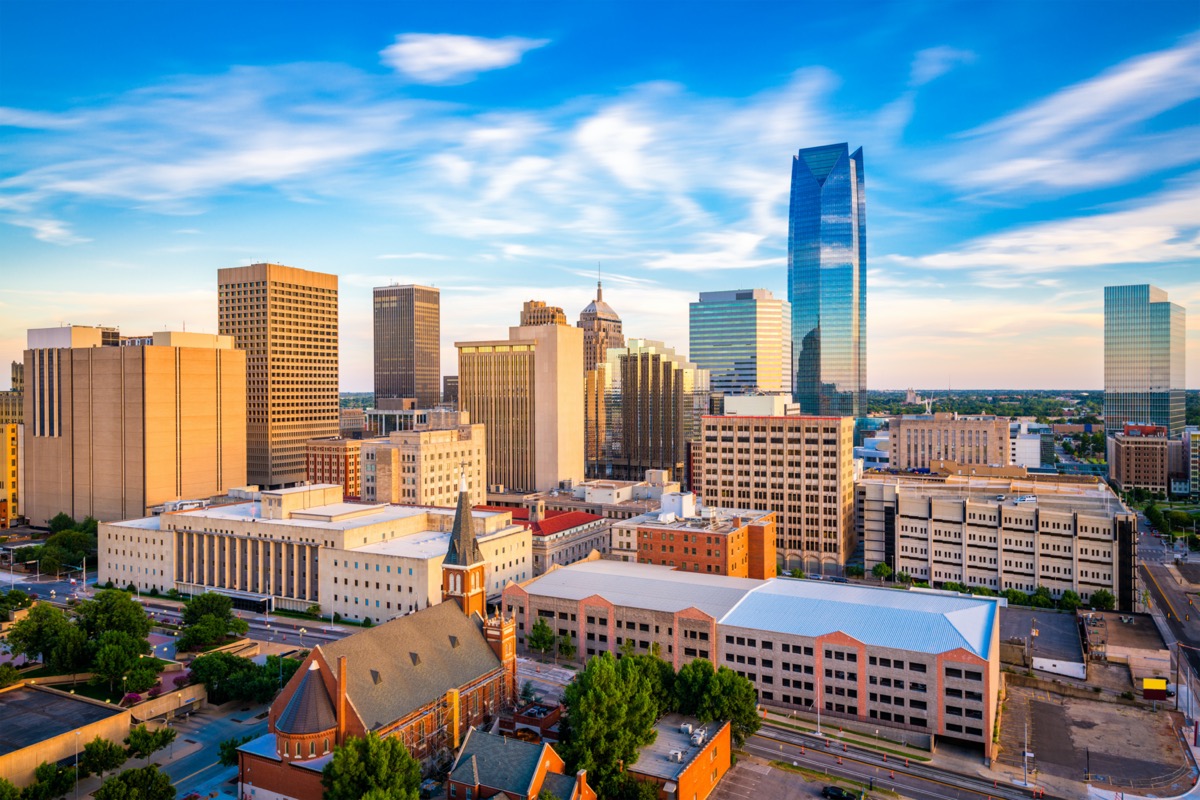
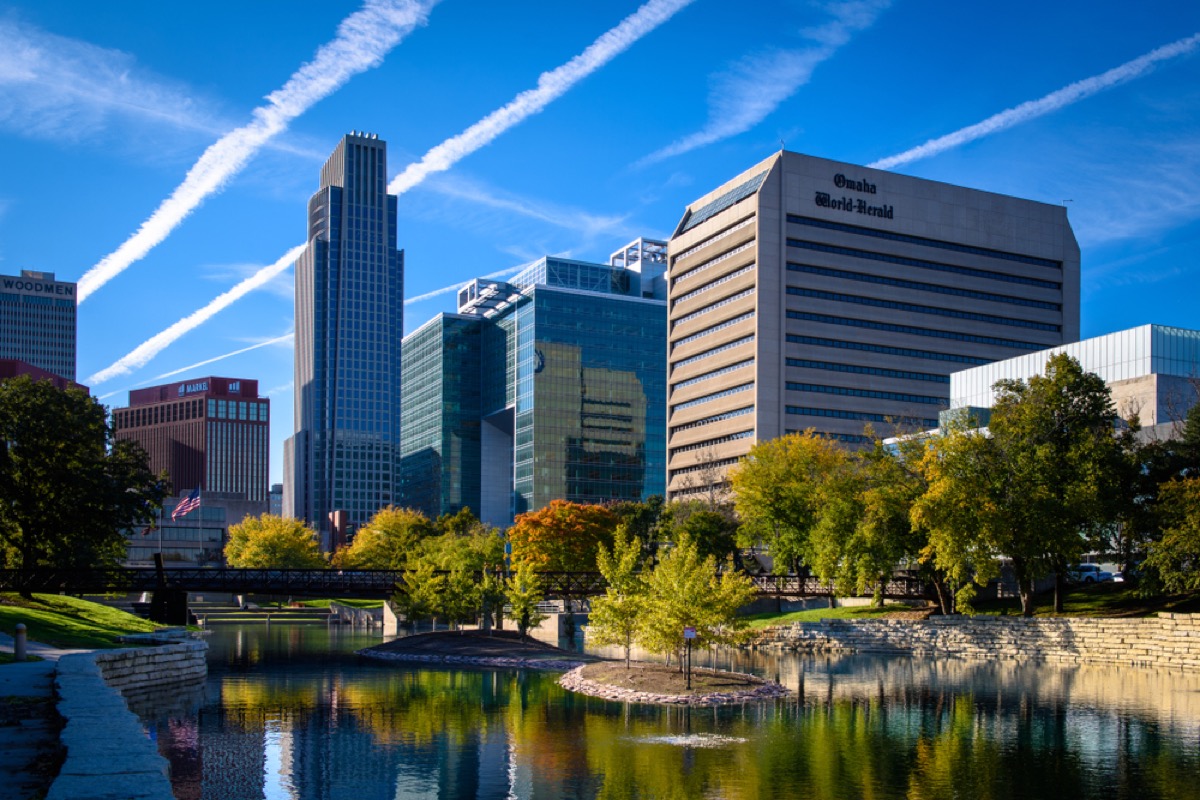
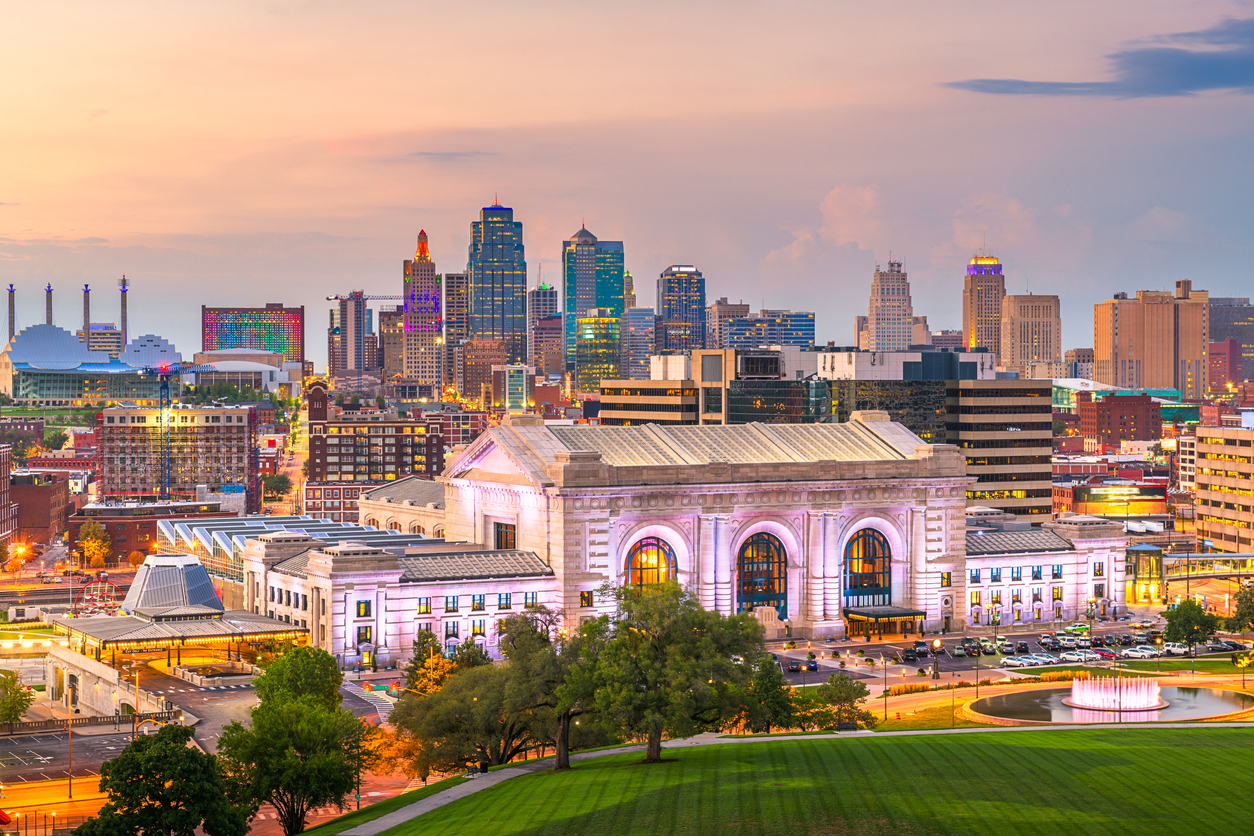


title: “These 5 States Are Seeing The Worst Covid Surges Right Now Best Life” ShowToc: true date: “2022-12-07” author: “Hector Farrow”
While the rate of decline has slowed somewhat in the past seven days, the overall national daily new case average is down 39 percent over the past two weeks, according to data from The New York Times. But some health officials and experts are warning that segments of the population are at risk of seeing surges in the coming months. “There are certain populations that are undervaccinated, and that’s where we will expect to see a rise,” Edward Trapido, ScD, an epidemiologist and associate dean for research at the Louisiana State University School of Public Health, told The New York Times on June 7. Peter Hotez, MD, a vaccine expert at Baylor College of Medicine, told The Times that in order to avoid a summer surge, states need to work toward that 70-percent vaccination goal. “We’re just we’re not even close to that in the Southern states,” Hotez said, predicting a wave of new COVID cases in those states that’ve fallen behind. “We’re so underachieving in terms of vaccination.” As of June 8, there are currently five jurisdictions that are reporting double-digit increases to their seven-day average of new COVID cases. Read on to see which states are seeing the worst COVID surges right now, according to data from The Washington Post. RELATED: The CDC Says This New Delayed Vaccine Side Effect Is Hitting Mostly Men. New cases in the last seven days: 5 cases per 100,000 people Percent increase in the last seven days: 10 percent RELATED: 99 Percent of People Hospitalized for COVID in 2021 Have This in Common. New cases in the last seven days: 4 cases per 100,000 people Percent increase in the last seven days: 18 percent New cases in the last seven days: 16 cases per 100,000 people Percent increase in the last seven days: 30 percent RELATED: For more up-to-date information, sign up for our daily newsletter. New cases in the last seven days: 11 cases per 100,000 people Percent increase in the last seven days: 63 percent New cases in the last seven days: 9 cases per 100,000 peopleae0fcc31ae342fd3a1346ebb1f342fcb Percent increase in the last seven days: 69 percent RELATED: Dr. Fauci Says “Herd Immunity” Is No Longer the Goal With COVID—This Is.
